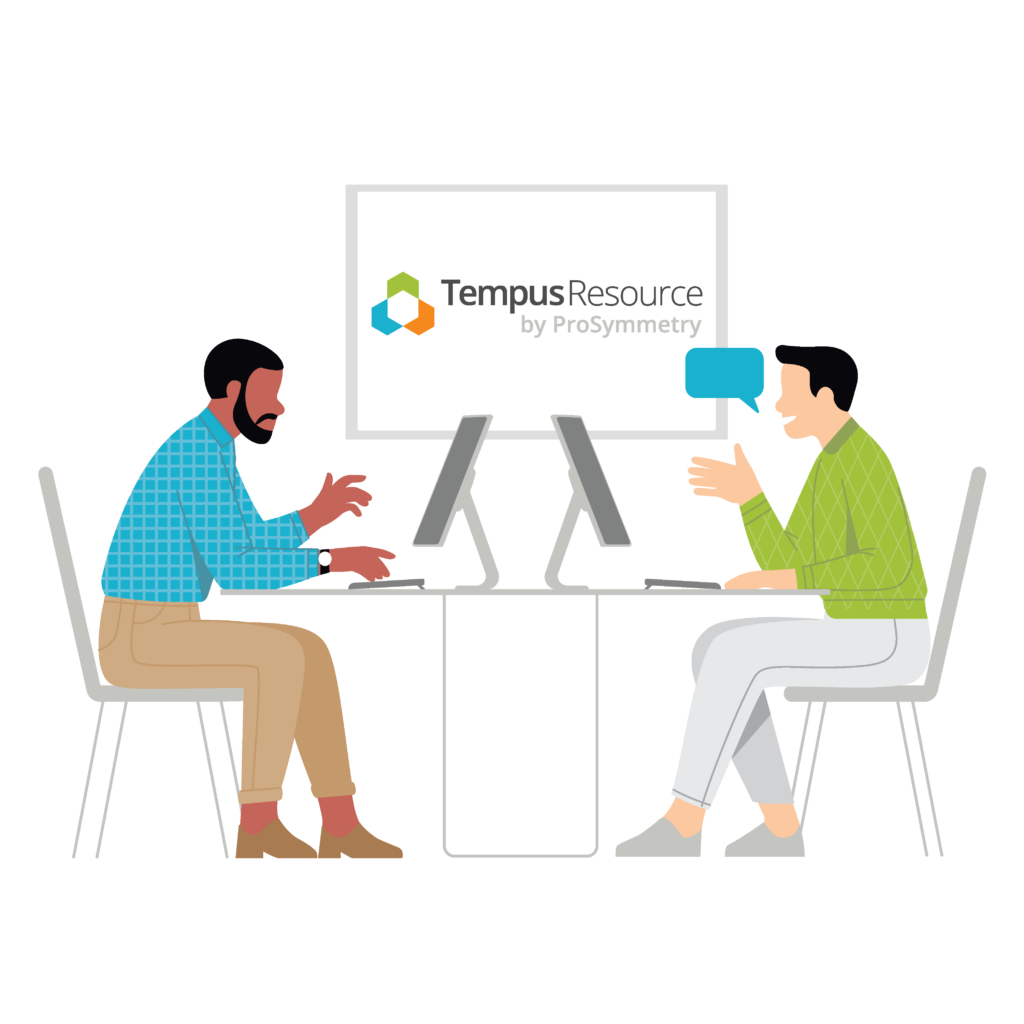
As a Tempus Resource user, you already know that effective resource management is crucial for the success of your organization. And one of the most critical pieces to ensuring your resource management practices remain efficient is to ensure they grow with your organization.
Processes and platform configurations that worked beautifully when you first implemented Tempus may no longer be serving your team’s needs. And if that’s the case, then there’s no time like the present to address this pain point!
In this blog post, we’ll guide you through the process of evaluating your current resource management (RM) process and Tempus configuration, preparing for change, solving problems for each contributor, and ultimately driving adoption.
Understand the current Resource Management process and configuration of Tempus within your organization
To make meaningful improvements, it’s essential to evaluate your current resource management process and Tempus configuration. Start by asking yourself:

Is the way you currently allocate your resources to projects efficient and effective?
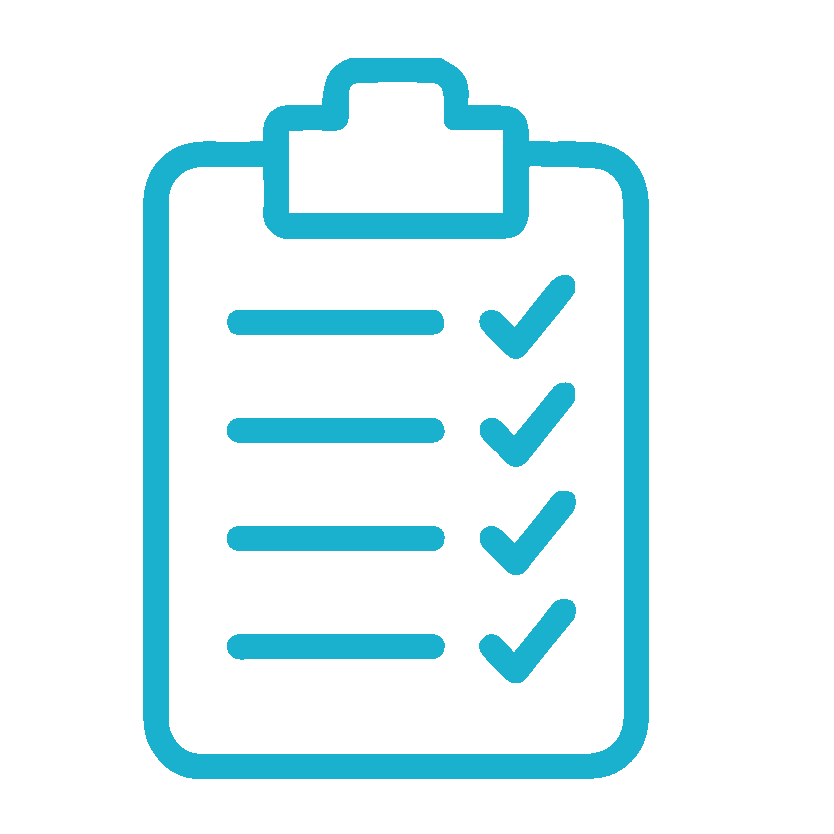
Does your current method of planning support the data output needed for analysis? Can you quickly and easily get the data you need to answer critical questions?

Who is involved in the planning process? What about the week-to-week and month-to-month updates of that plan?

What data and analysis are needed and when? Are your team members updating the data in a timely manner to meet reporting deadlines?
By thoughtfully addressing each of these questions, you’ll gain insights into the strengths and weaknesses of your current approach. This is the first step toward identifying areas for improvement.

Prepare for Change Management
Once you have a deep understanding of your existing resource management process, you can narrow in on the changes that need to take place. There are two considerations to make:
- Identify the “sticky points” in your current process. Is improving these areas a matter of process updates or Tempus user adjustments and system configuration? Understanding the difference between resource management process and Tempus configuration challenges is crucial for effective change management.
- Determine who needs to be involved in the conversations about the ideal future state. Reapproach all stakeholders, from executives to middle management to individual contributors, to understand their roles in the current state and how they can contribute to the future state. Listen to their needs, taking note of what is crucial to their job and the constraints they face. This collaborative approach will ensure that all voices are heard and that the future state aligns with the practicalities of your organization.

The Art of Subtraction
If you want to drive wide adoption, try to avoid adding more steps to your process. Instead, focus on the art of subtraction. Consider what elements of your current process can be removed to simplify and streamline resource management. With a robust resource management software like Tempus, simplicity leads to efficiency and higher data quality. Aim for a comprehensive process that avoids unnecessary complexities, allowing your team to work more effectively.

Solving the Problems for Each Contributor
Now that you have a clear understanding of the challenges each contributor faces, it’s time to brainstorm solutions. Start by acknowledging the importance of each role and what they need to perform their job efficiently. Consider how Tempus Resource can address these needs and provide the necessary tools and functionality. By taking a user-centered approach, you’ll empower your contributors and enable them to be much more productive.
Drive Adoption of Tempus Resource (Again)
Once solutions are in place, it’s time to drive adoption of the improved resource management process within Tempus. Here’s where to start:
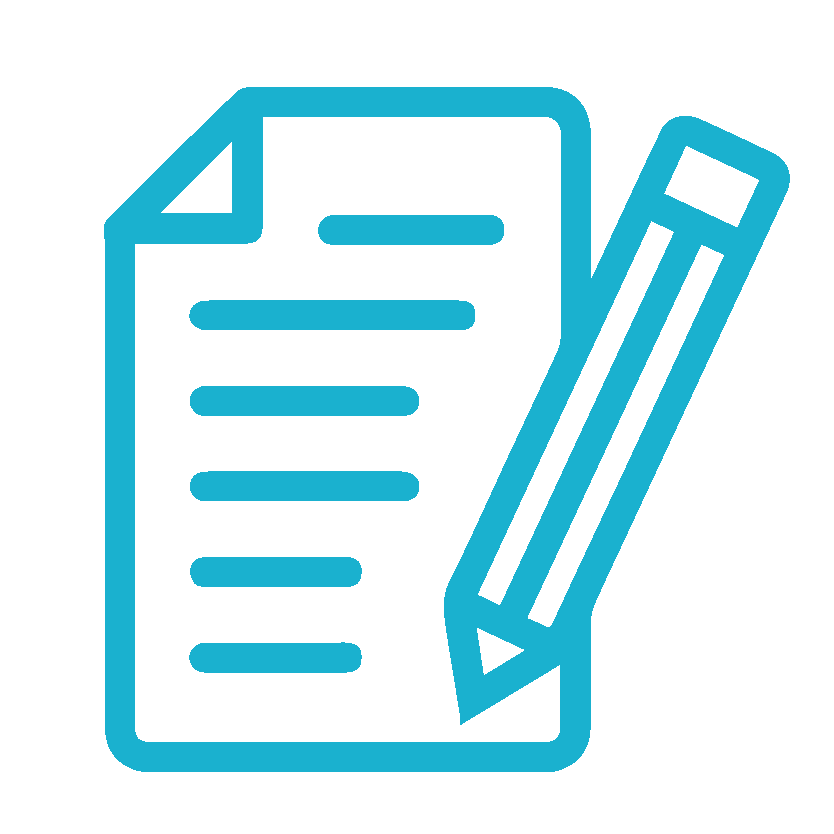
Draft the new process that incorporates all proposed changes. Ensure you have buy-in from all stakeholders, including executives and relevant managers.
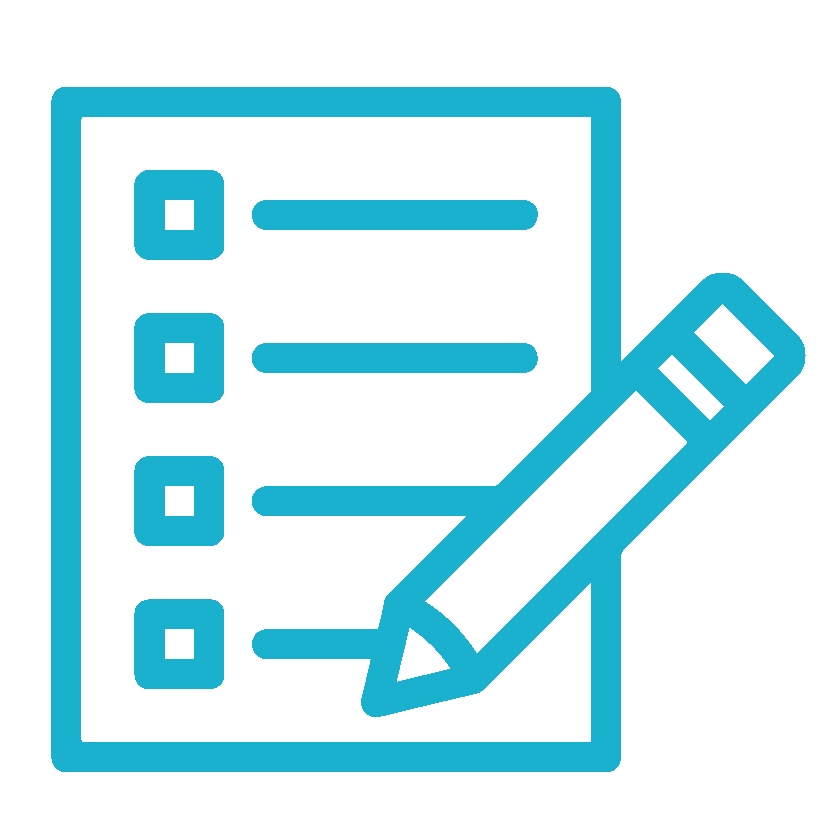
Prepare comprehensive documentation and training agendas to support the adoption process. These materials will be invaluable for both new and existing users.
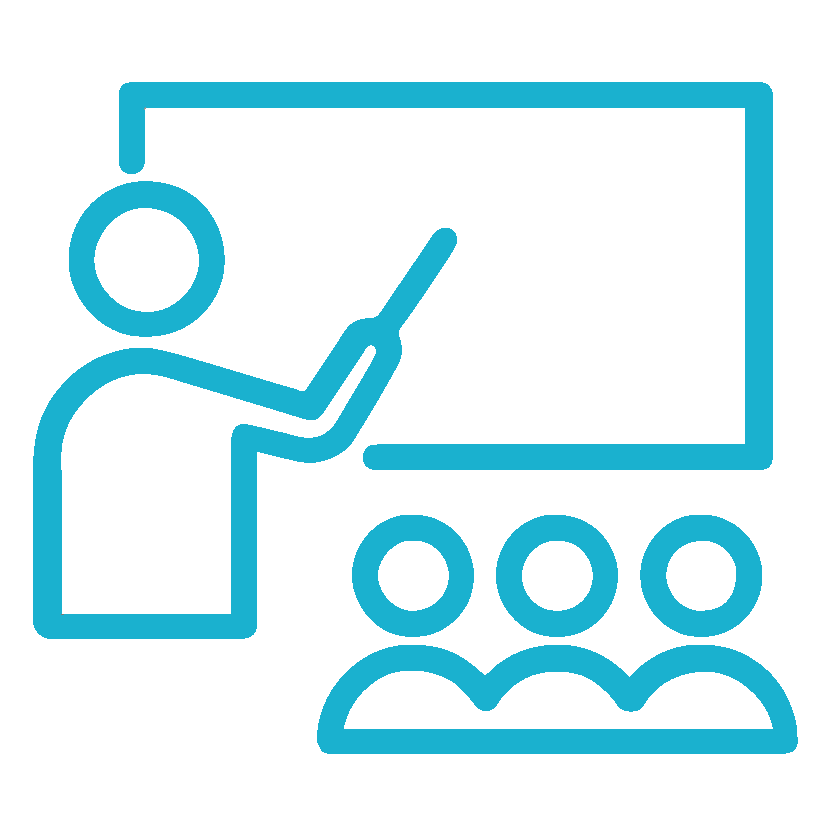
Begin the re-education process by providing training sessions and workshops to familiarize users with the new processes as well as capabilities within Tempus. Highlight the benefits and advantages the new approach brings. Wherever possible, showcase how changes address the shortcomings of the old process.

Create shareable training materials that users can reference any time. These resources will help reinforce learning and serve as a handy guide for users as they adapt to the new approach.
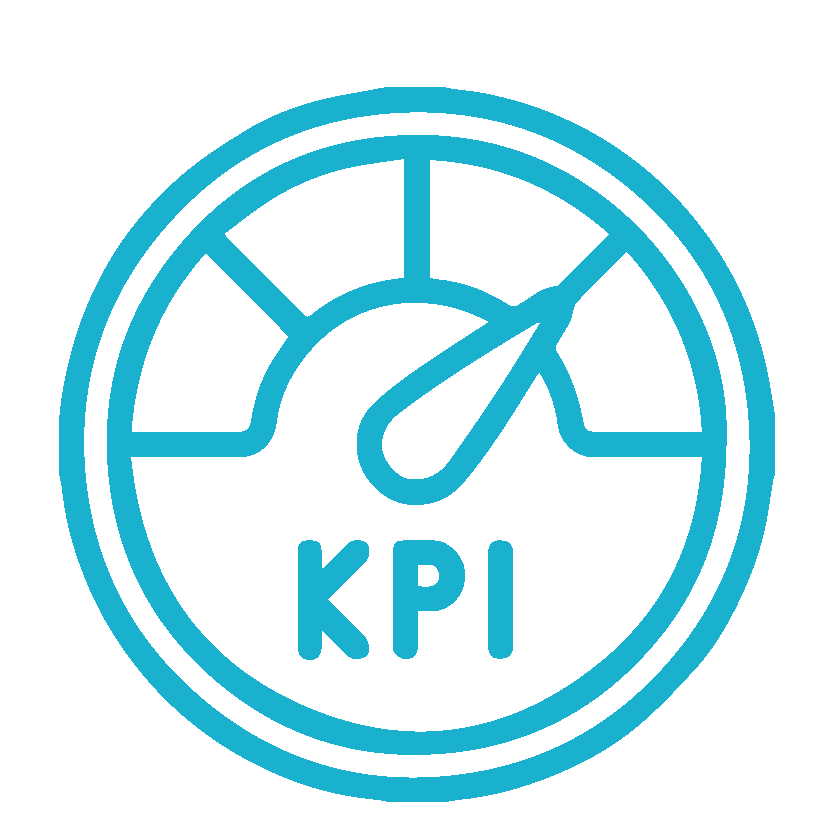
Establish key performance indicators (KPIs) to measure the effectiveness of the new process. Monitor and follow up on these KPIs regularly to track progress and ensure continuous improvement. Examples of KPIs could include timely updating of resource plans, timesheet entry and approval, and the ability of PMO leadership to understand portfolio risks based on resource availability and project sequence before quarterly meetings.

Leverage the ProSymmetry Team
ProSymmetry is here to support you! Our dedicated Customer Success Managers (CSMs) are ready to help you evaluate your current process, understand your specific needs, and explore how Tempus Resource can seamlessly support your future state. Don’t hesitate to leverage their extensive industry knowledge and experience working with customers worldwide. Request a meeting with your CSM, and let their expertise guide you toward success.
Meaningful change requires time and effort. But if your processes and configuration are outdated, then you aren’t getting the most out of Tempus. By following the steps outlined in this post and collaborating with the ProSymmetry team, you’ll be able to optimize your resource management practices to achieve newfound productivity and enterprise-wide adoption!